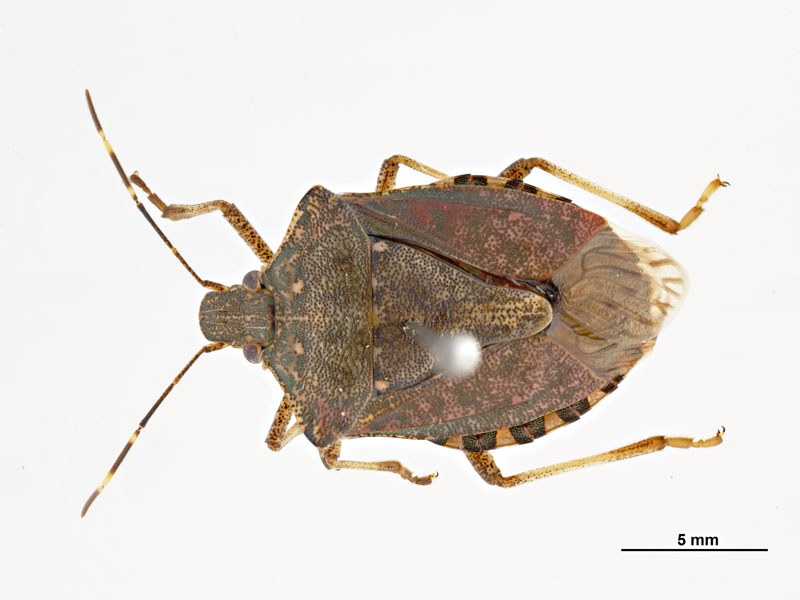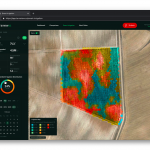Image Museums Victoria
Australian researchers are collaborating to finalise a portable device that uses artificial intelligence to help biosecurity officers more quickly identify high-risk brown marmorated stink bugs (BMSB) on the frontline.
The Department of Agriculture, Fisheries and Forestry has partnered with CSIRO and Microsoft to develop and trial a mobile phone application.
This app will help operational staff identify the BMSB (Halyomorpha halys) and other invasive and endemic stink bug species in the field and in real-time.
Deputy secretary of biosecurity and compliance Dr Chris Locke said the project is also extremely timely as annual measures to stop BMSB entering Australia started on 1 September.
“In the last 25 years, the sap-sucking BMSB has become established in several countries in Europe and North America. They can cause considerable damage to crops like apples, pears, grapes, cotton, maize, tomatoes, soybeans, citrus and stone fruits,” Locke said.
“Our operational staff and entomologists do a great job thwarting high-risk pest incursions such as the BMSB at our borders, but any technology that can assist them to make identifications more confidently and faster is welcome.
“Operational staff can find high-priority pests challenging to identify in the field as many exotic species look similar to endemic species.
“Formal identification of pests detected at borders and other risk pathways traditionally takes time as specimens must be sent to a specialist entomologist for proper identification.
“When pest detections are made, it can sometimes lead to delays in the release of impacted cargo or mail.
“The work is being widened to also include AI recognition of destructive exotic bee species and other plant pests.”
Are you a Daily Wine News subscriber? If not, click here to join our mailing list. It’s free!
















